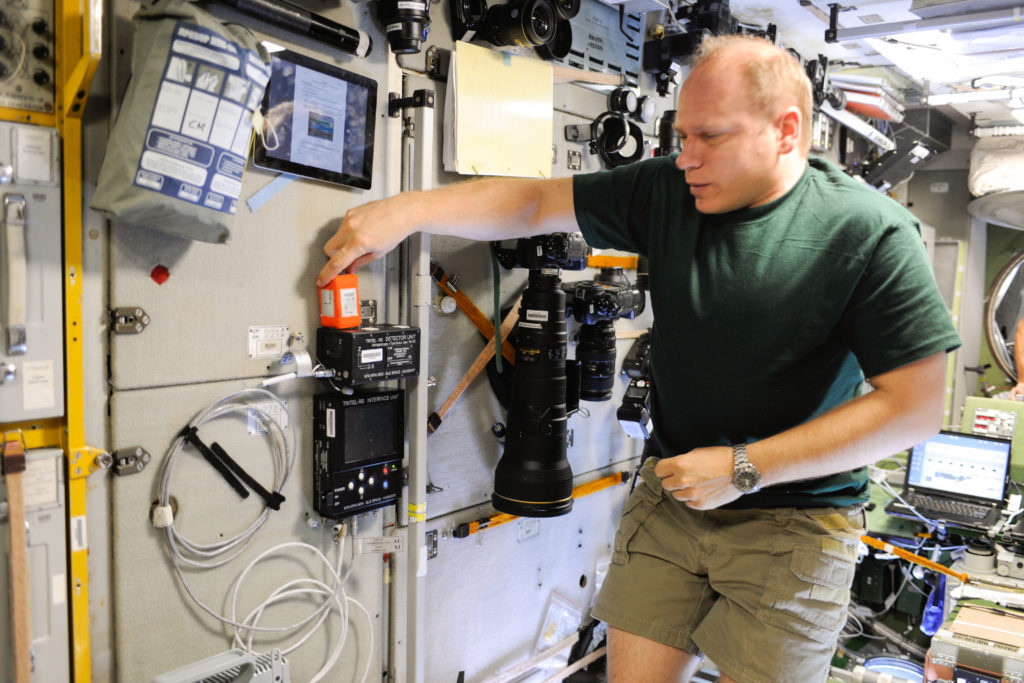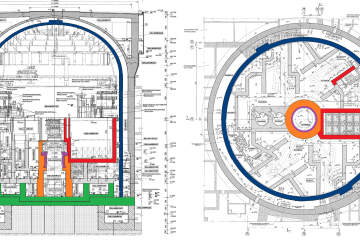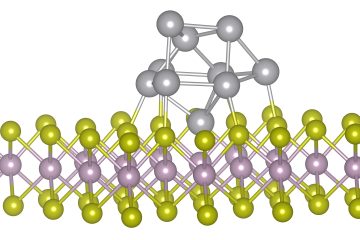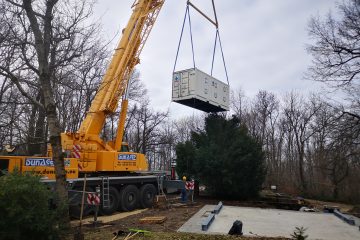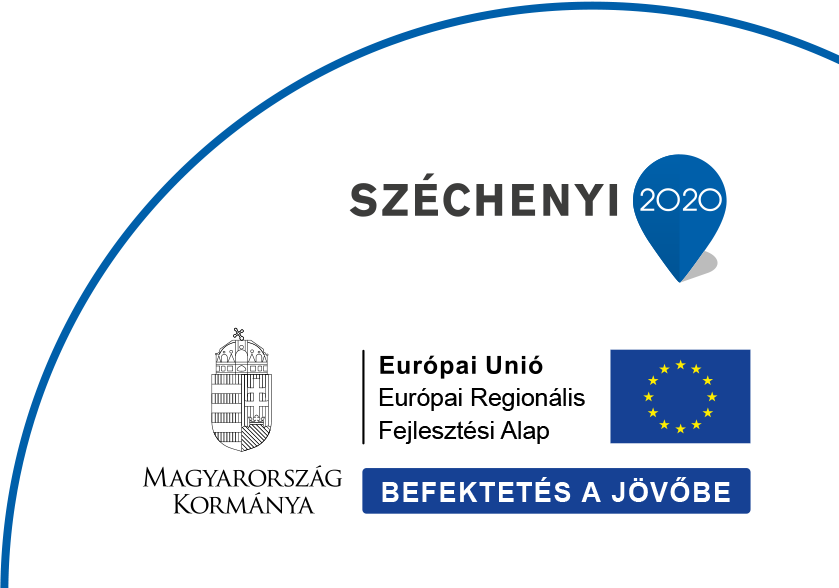Mankind has decided to take another big step in the conquest and utilization of outer space. In the mid-2020s, in international collaboration, a space station will be built in orbit around the Moon, called the Gateway.
The TRITEL dosimeter, developed in the Space Research Department of the ELKH Centre for Energy Research, will be one of the components of the space station’s Internal Dosimeter Array (IDA), which has recently been approved by the European Space Agency.
The main goal is to protect astronauts
IDA will measure the dose and characteristics of ionizing radiation passing through and generated in the space station’s Habitation and Logistics Outpost (HALO) as a function of time. Given that astronauts will be exposed to radiation on board the space station on average 250 times more a year than on the Earth’s surface, radiation dose measurement is of paramount importance for their health. Using measurement data from the European Radiation Sensors Array (ERSA) located on the external platform of the Gateway, it will be possible to examine how effectively the wall of the space station also provides protection against radiation from space.
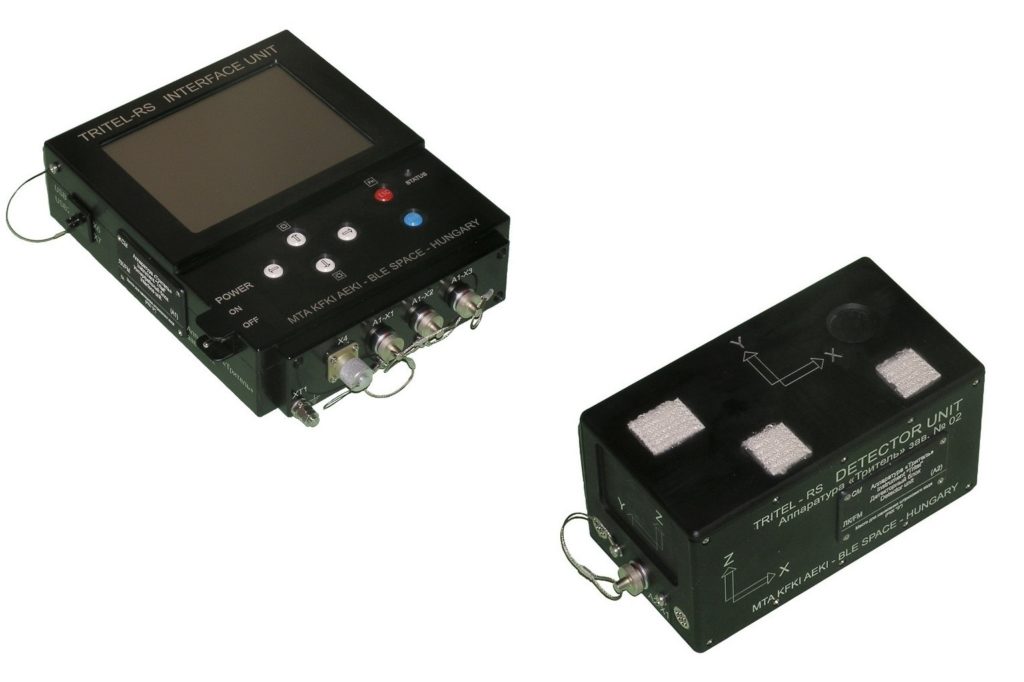
In addition to TRITEL being Hungary’s contribution to the space station around the Moon, ESA has invited the Centre for Energy Research (CER) to develop and breadboard the IDA central unit in the frame of direct negotiation. This will be the (interface) unit through which the detectors of the IDA system are connected to the power supply and communication system of the space station. The prototype of the IDA central unit and the TRITEL dose measurement system will be manufactured by REMRED Ltd., a space company founded by the Centre for Energy Research.
The Gateway
The Gateway will be a third-quarter the size of the International Space Station (ISS) orbiting the Earth for more than twenty years and will not be permanently inhabited, but will play an important role in future human missions landing on the surface of the Moon.
The station, however, is not a destination but a milestone on the road to the human Mars journey. The experience gained in the area around the Moon is intended to be used in future missions to Mars, thus ensuring the health and safety of astronauts.
The space station, which will weigh nearly 40 tons, will orbit the Moon flying as close as 3000 km from the lunar surface and at its furthest, 70 000 km.
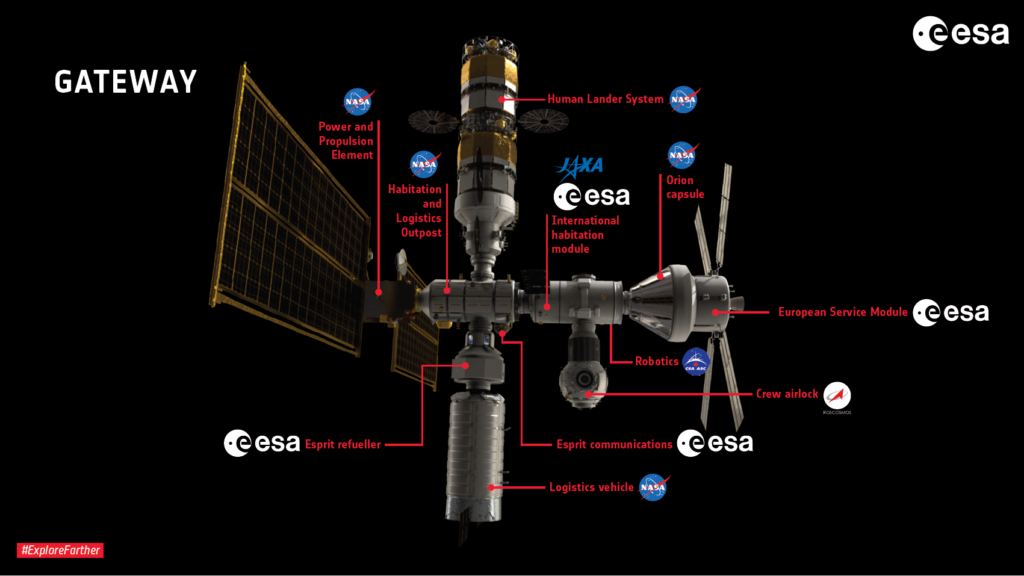
More than 40 years of experience
Hungary joined the European Space Agency (ESA) in 2015, and in 2019, at the ESA Ministerial Council, among other optional programs, joined the space agency’s Human and Robotic Exploration optional program. Hungary has more than four decades of experience in studying the radiation exposure of astronauts in space. At the Centre for Energy Research (formerly KFKI and MTA KFKI AEKI), a number of active and non-powered, so-called passive dose measurement systems were developed, with which measurements were made on board human spacecraft and satellites. Last year, it was forty years since the first Hungarian-developed dose measuring instrument, the Pille, ascended into space, with which astronaut Bertalan Farkas made measurements on board the Saljut-6 space station. As part of U.S., ESA, and Russian collaborations, various versions of the system have since reached a number of spacecraft. The latest version of the Pille, as part of the Russian segment’s service system, has been operating continuously and reliably on board the ISS since 2003. Most recently, another Pille was put into service on the ISS in June 2018. CER has also been participating in ESA’s DOSIS and DOSIS-3D dose mapping programs in the European Columbus research module with passive dosimeters since 2009, as well as in the Columbus and Russian Zvezda modules with its silicon detector dosimeter system TRITEL.
